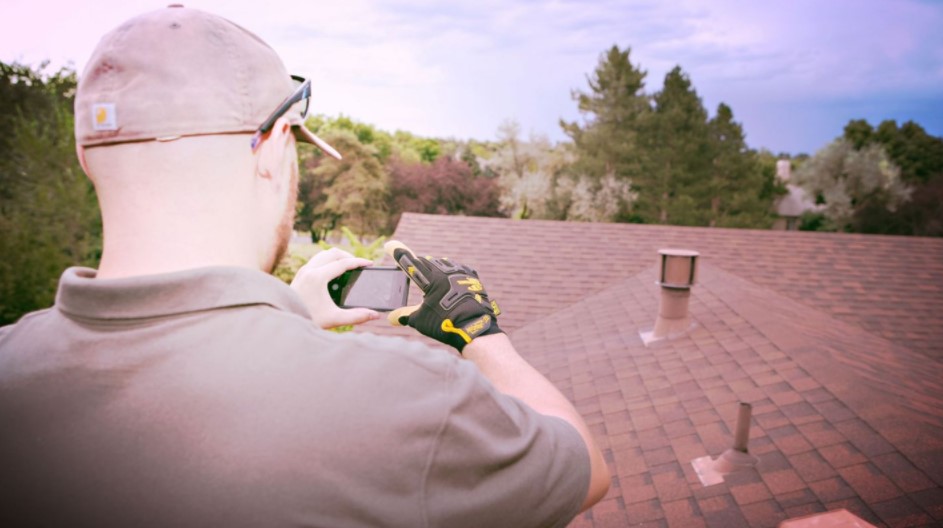If you want to test your home for radon gas, you should contact a radon testing services. While a DIY kit will give you a quick result, it is not the most accurate way to measure radon. Because a DIY kit is typically small and can be misplaced, the results will vary. A professional will have more advanced equipment and will ensure accurate readings. Moreover, a radon testing service will not disrupt your daily life, so you can do other important things while you’re in your home.
EPA recommends radon testing in all homes
Radon is a dangerous gas, odorless and tasteless, that can affect the health of everyone in a building. The EPA recommends radon testing for all homes, and the Surgeon General recommends that schools be tested, too. In addition to testing homes, EPA recommends that apartment buildings be tested, since the lowest floor of an apartment building contains the greatest concentration of radon. In addition, tests should be conducted in first and second floor apartment units to ensure that no one is living in a radon-filled building.
The EPA recommends radon testing for all homes, regardless of age. Homes with elevated levels of radon should have mitigation systems installed. However, if a home has mitigation systems, the level should not be a deterrent to buying it. For this reason, the EPA recommends radon testing for all homes, not just those that are in a high-risk neighborhood.
Active equipment can provide more sophisticated radon testing
Radon detection devices are a good way to monitor the level of radon in a home or business. Active radon-testing devices require power to work and typically require a qualified tester to install them. These devices measure radon levels continuously and can provide more detailed reports than passive radon test kits. Most passive devices can be purchased from a hardware store and are inexpensive. Active devices, however, are more sophisticated and require specialized training and expertise.
Detection equipment is the most common type of radon detector. The most common types are alpha-track detectors, electret ion chambers, activated charcoal detectors, and continuous radon monitors. Continuous monitors and EICs are the most popular types of active radon measuring equipment, as they offer long-term and short-term measurements. For more precise results, CRMs are a good option.
It is not a good business to test for radon
Unlike smoke and fire, radon isn’t immediately harmful to you. Rather, it kills you slowly, often leading to lung cancer. The good news is that radon is detectable. Radon seeps up through the ground, and its highest concentrations are found in the basement. Because radon is constantly in motion, it accumulates in different parts of the home. The good news is that you can reduce your exposure to radon by getting a professional radon test done.
There are some costs associated with radon testing. Licensed testers must pay state licensing fees and must attend continuing education courses. Testing radon levels involves a significant amount of laboratory work, and extra testing for quality control adds to the expense. Additionally, if a sample is spiked, a radon chamber must be purchased. Additionally, radon reports often arrive after the home inspection report is delivered. Additionally, because radon levels change over time, repeat testing can be necessary.
It is not obtrusive to the homeowner
A radon test does not have to be obtrusive for a homeowner. In fact, it is often unnoticed. This is because the procedure is painless and the homeowner is not aware that a test is taking place. Radon is the second leading cause of lung cancer, accounting for between ninety and two hundred deaths every year in the United States. According to the U.S. Surgeon General, Dr. Richard H. Carmona, radon is a health risk, and homeowners are encouraged to test their homes for radon.
If the results are higher than four parts per million (pCi/L), mitigation measures must be implemented. Fortunately, radon testing is not obtrusive to the homeowner, and mitigation methods are now available. Radon is the second leading cause of lung cancer and the most common form is in homes and buildings. The good news is that mitigation techniques have become increasingly sophisticated and easy to implement.
It is not a guarantee of a test result
Biological variability affects test results. The human body is constantly changing, and the chemistry of its tissues and organs varies with age, diet, physical activity, and hormonal cycles. These factors may influence the results of lab tests. In addition, the result of a lab test in a healthy person may be within the normal range. This means that there could still be undetected problems, even if it is a healthy person.
It reduces the risk of lung cancer
While the evidence for radon as a cause of lung cancer is not conclusive, it does suggest that it is a major contributor to the disease. Major scientific organizations estimate that radon causes about 12% of lung cancer cases in the United States each year. Compared to smoking, radon is much less harmful than cigarette smoke, but the synergistic effect of the two increases the risk of lung cancer in smokers.
Although radon exposure is the second leading cause of lung cancer in the United States, it is often overlooked. While cigarette smoke is still the most common cause of lung cancer, exposure to high levels of radon has been linked to increased risks of lung cancer. According to the U.S. Environmental Protection Agency, radon causes 21,000 deaths each year. This makes it imperative to find ways to reduce your radon levels in your home.








